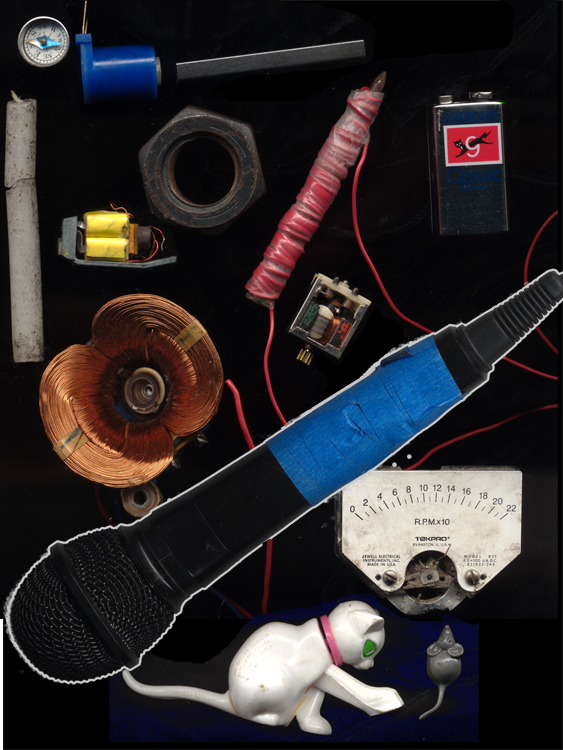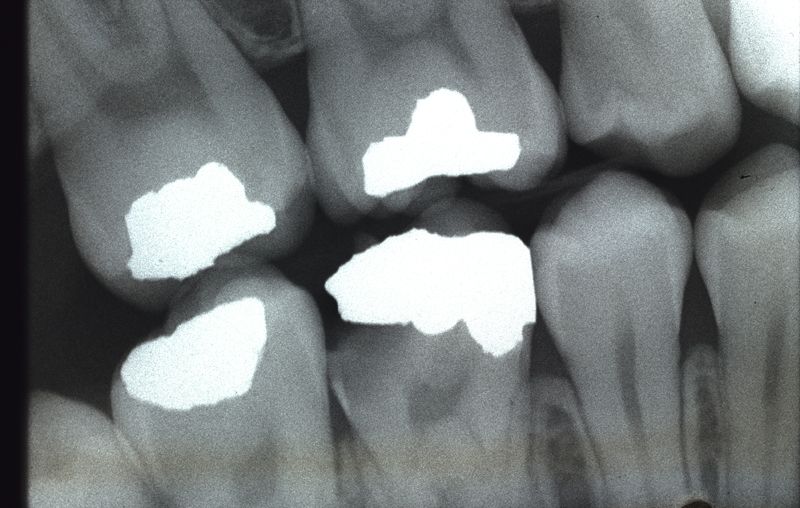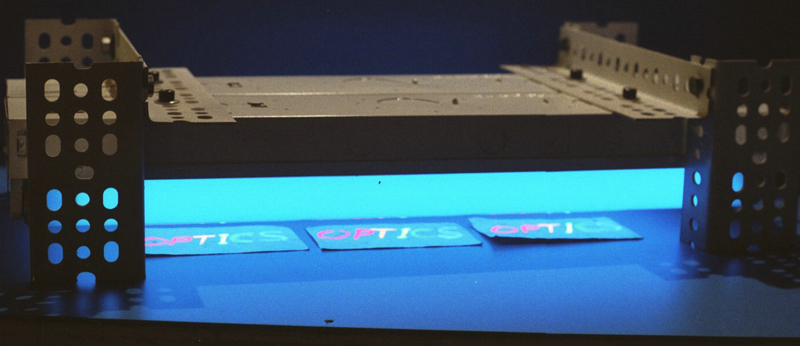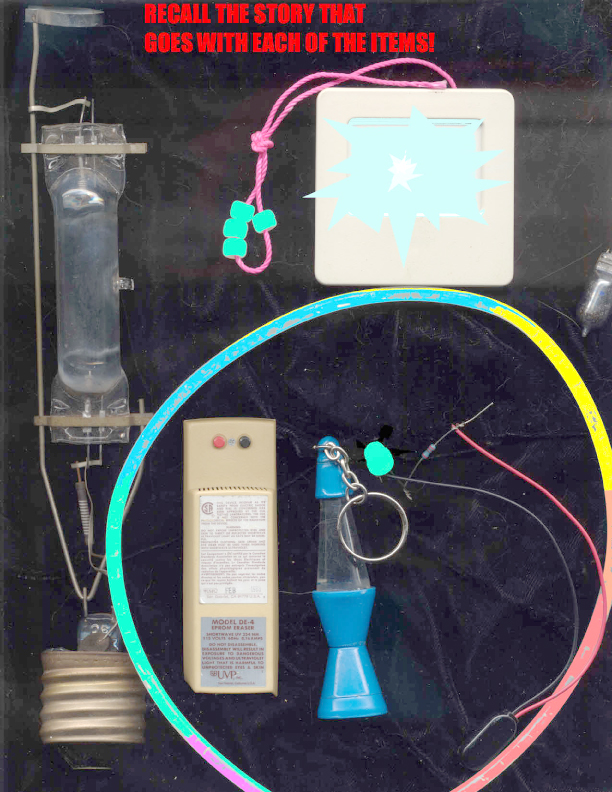
TEXTBOOK READING: Seeing the Light, pp. 3-27
SUPPLEMENTAL READING:
Click on the titles below to open a new window of text to supplement the book, gleaned from a variety of sources, some even written by yours truly. The are presented in the order in which they would be introduced in the class lecture.
Rough Draft for MILESTONES ALONG THE POWERS OF TEN: Notes for the first video that is shown in the class, Ray and Charles Eames classic Powers of Ten, with particular attention given to untis that are used in this optics class. It is heartily recommended that the serious student of optics buy or find a copy of it and watch it over and over and over. I have it memorized from all the times I have shown it over the years!
TINY METRICS: A nested array of the relative sizes of units smaller than a meter.
METRIC TIME: A comparison Fractional, Decimal, and Metric Methods of marking time.
The RECIPROCAL RELATIONSHIP of FREQUENCY AND PERIOD: For as many cycles that are packed in a second, there is a corresponding length of timeit takes the cycle to occur.
METRIC MIRTH, Parts 1 and 2: The student deserves a laugh break after all this serious stuff!
PARTS OF A WAVE: Not unlike pictures one would findin textbooks, except the sine curves were hand drawn by me, who also applied the rub off Letraset and glue down typwewritten text when I worked at Gallery 1134, circa 1981, before computer graphics reared its head!
WAVELENGTH AND COLOR: Created at about the same time as the above for the set of classroom handouts for the Holo I and II classes at the afore-mentioned holo gallery, with the colors of popular laser wavelengths added in with Photoshop, 2005.
GOOD SCOPESMANSHIP: Electrical sine waves from the wall socket (via a toy train transformer) and signal generators arealong with sound waves via a microphone and the signal of a remote control (see below) are visualized with an oacilloscope in class to illustrate the topics in the 2 handouts above, and this one is for taking notes about the functions of the knobs.
The SPECIES OF ELECTROMAGNETIC RADIATION: All the pertinent frequency and wavelength numbers of light and its cousins, with room to take notes on it.
The ELECTROMAGNETIC SPECTRUM: Shows where our beloved rainbow fits in with all the rest.
SOURCES OF LIGHT: Another fill in the blanks in the classroom, when all the different light sources are defined and demonstrated in the dark, which makes note-taking difficult.
FIRE: Cecil Adams describes it better than I can in the Straight Dope.
YELLOW GLASS: The hilarious escapades of fluoresence! Not sure where it came from.
COMPARISON OF SPEED OF LIGHT KITS: An educator/consumer reports on classroom demonstration devices reveals the history of how little "c" was measured.
The RADIOMETER: A device that puts the momentum of light to work.
WIRING UP LEDs: A magnum opus of how to power up LEDs, as they can't be hooked up directly to a battery without killing them!
THE LAVA LITE: Leave it to veteran newsman Dave McBride to give us the true facts of the origins of
everyone's favorite kinetic sculpture.
Shaking the forever flashlight induces a current as the magnet moves through the coil.
Which of the objects below have nothing to do with electricity or magnetism?

A silicon photo-cell makes the infrared pulses emitted by the remote control visible on the oscilloscpe.
X-rays make my fillings visible.

The shorter wavelength Ultraviolet light excites the paint pigments into Fluorescence at longer wavelengths.

Next time I paint these cards I will use a black background for a more satisfying black light poster experience!

High voltage from a Tesla Coil excites the Helium and Neon atoms in the laser tube to emit their unique spectra due to Atomic Transitions. The atoms in the air do it, too!

Sometimes Photoflood bulbs use blue jackets to raise the color temperature by reducing the red end of the spectrum.

EYEWITNESS DEMONSTRATIONS: Recall what you saw.
Why does chalk dust make a laser beam visible?
How did Michelson's speed of light experiment work?
Why did the Radiometer spin?
What are the similarities and differences between electric motors and generators, microphones and speakers?
What are the two major types of controls on an oscilloscope?
What do you see when the remote control is directed at the IR camera?